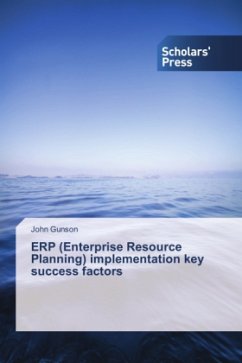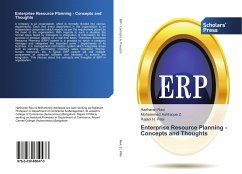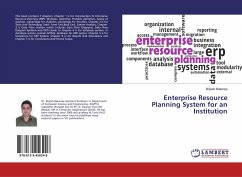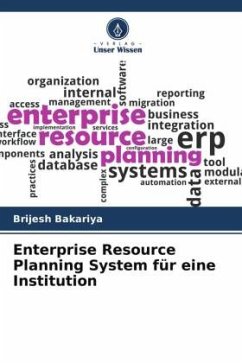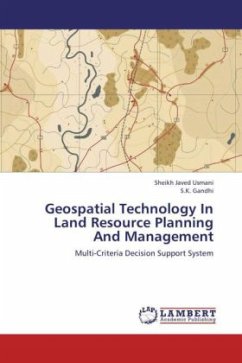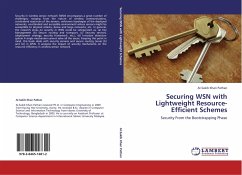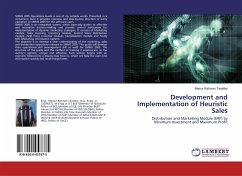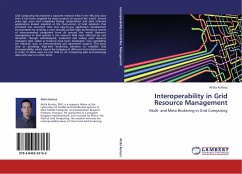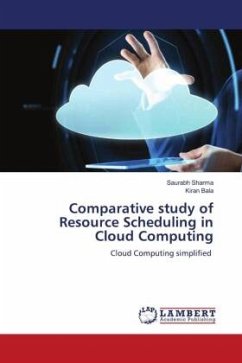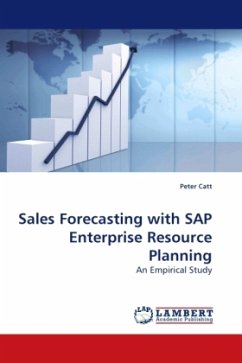
Sales Forecasting with SAP Enterprise Resource Planning
An Empirical Study
Versandkostenfrei!
Versandfertig in 6-10 Tagen
45,99 €
inkl. MwSt.

PAYBACK Punkte
23 °P sammeln!
The sales forecasting accuracy of Enterprise Resource Planning (ERP) systems can have a significant impact on business profitability. However, commonly adopted measures of forecast accuracy, such as mean absolute error (MAE) and mean absolute percentage error (MAPE), do not provide explicit costs associated with forecast errors. This abridged doctoral thesis adopts a quantitative case study methodology to evaluate the nine forecasting models (2 moving average and 7 exponential smoothing) of SAP's enterprise resource planning system (SAP® ERP 6.0). The SAP forecast models are evaluated against...
The sales forecasting accuracy of Enterprise Resource Planning (ERP) systems can have a significant impact on business profitability. However, commonly adopted measures of forecast accuracy, such as mean absolute error (MAE) and mean absolute percentage error (MAPE), do not provide explicit costs associated with forecast errors. This abridged doctoral thesis adopts a quantitative case study methodology to evaluate the nine forecasting models (2 moving average and 7 exponential smoothing) of SAP's enterprise resource planning system (SAP® ERP 6.0). The SAP forecast models are evaluated against both common statistical measures and newly developed commercial measures of forecast error. Although not intended as a training manual or configuration guide, this work clearly explains and comprehensively reviews SAP's ERP forecasting functionality with the SAP professional in mind.



